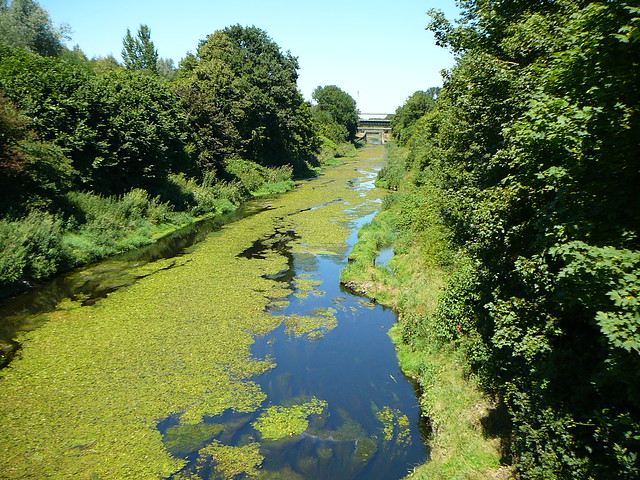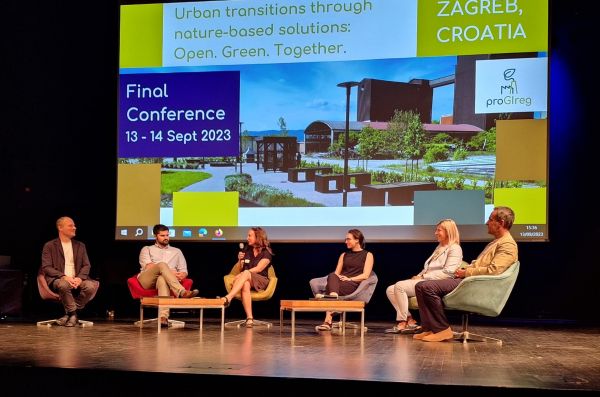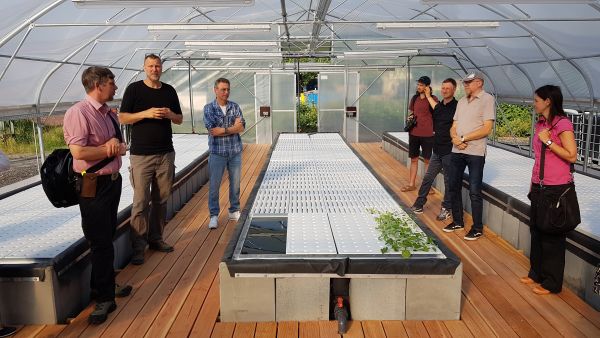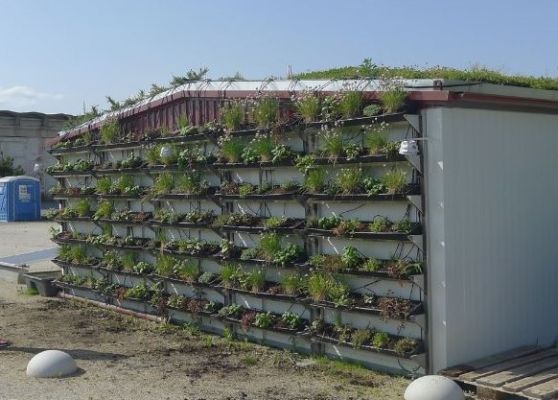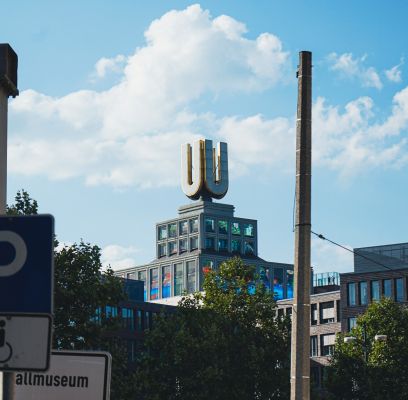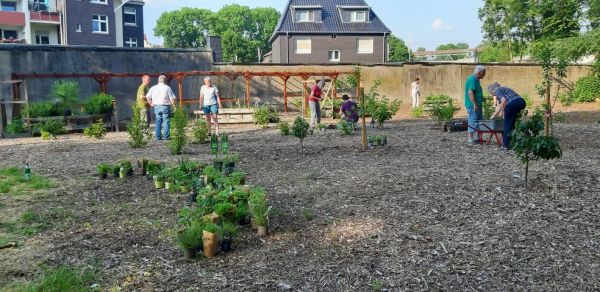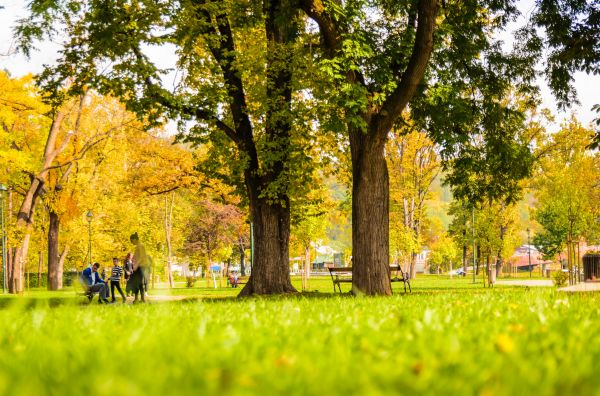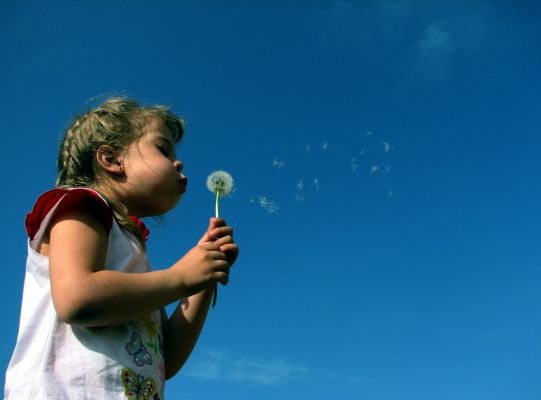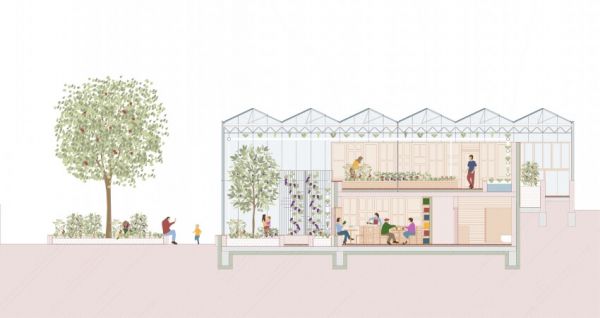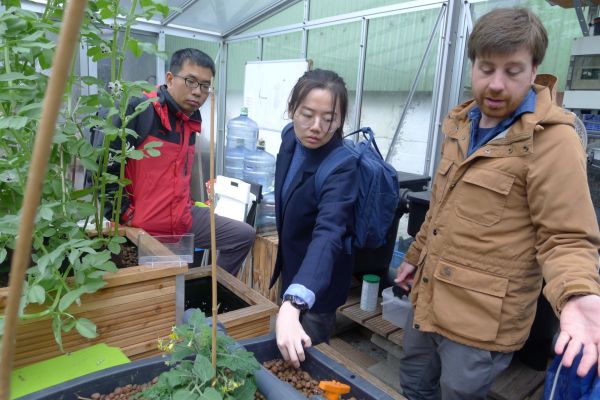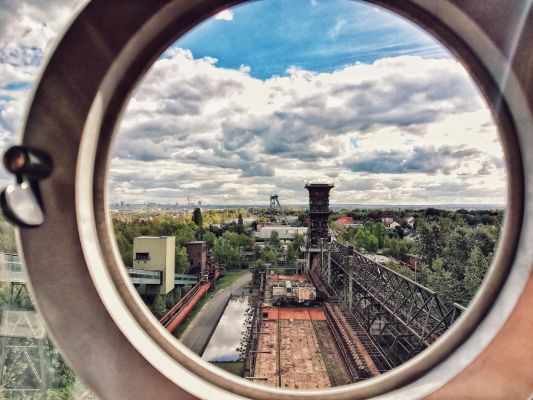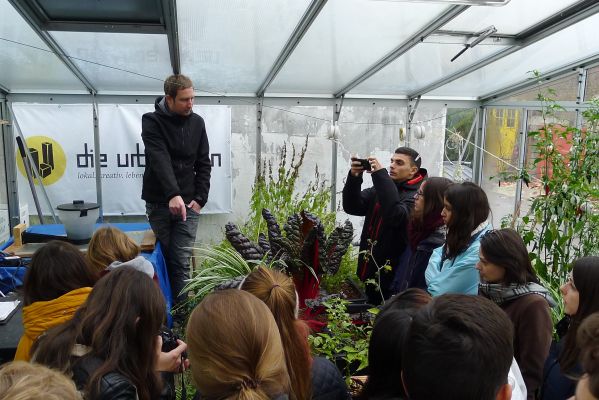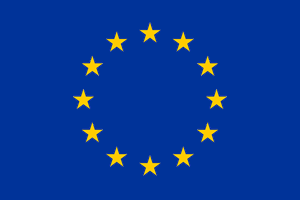Dortmund, Germany
Population: 600,000
Located in the Ruhr region, Germany’s largest urban area, Dortmund is a former centre for coal mining, steel industry and beer production, and is known for its cultural diversity due to its industrial history. With the last steel mill closing in 2001, Dortmund has become a modern university city with diverse industries ranging from logistics to biomedicine.
Dortmund has partly redeveloped its large brownfield sites - formerly used for industry - into industrial heritage sites, residential areas and green recreational areas. Dortmund has huge natural potential since it is fully surrounded by its green belt – the Emscher park.
The Living Lab: From the Deusenberg to the Huckarde district
Dortmund’s Living Lab area runs along the Emscher river next to the Huckarde district, stretching from the West of the city centre to the former coking plant Hansa and the former Deusenberg landfill site in the North.
Factsheets
The following factsheets provide more insights into the six different nature-based solutions interventions implemented in Dortmund:
NBS 1: Exercise park in Huckarde - Overview & Factsheet
NBS 3: Food forest and permaculture orchard in Huckarde - Overview & Factsheet
NBS 4: Community managed aquaponics system - Overview & Factsheet
NBS 6: Connecting Huckarde district with the renatured Emscher River and Deusenberg sites - Overview & Factsheet
NBS 8: Improving and monitoring pollinator biodiversity in Huckarde - Overview & Factsheet

The photo album of the Living Lab:






